The Legacy of IM in Zimbabwe: Women’s Power, Knowledge and Long-Term Change
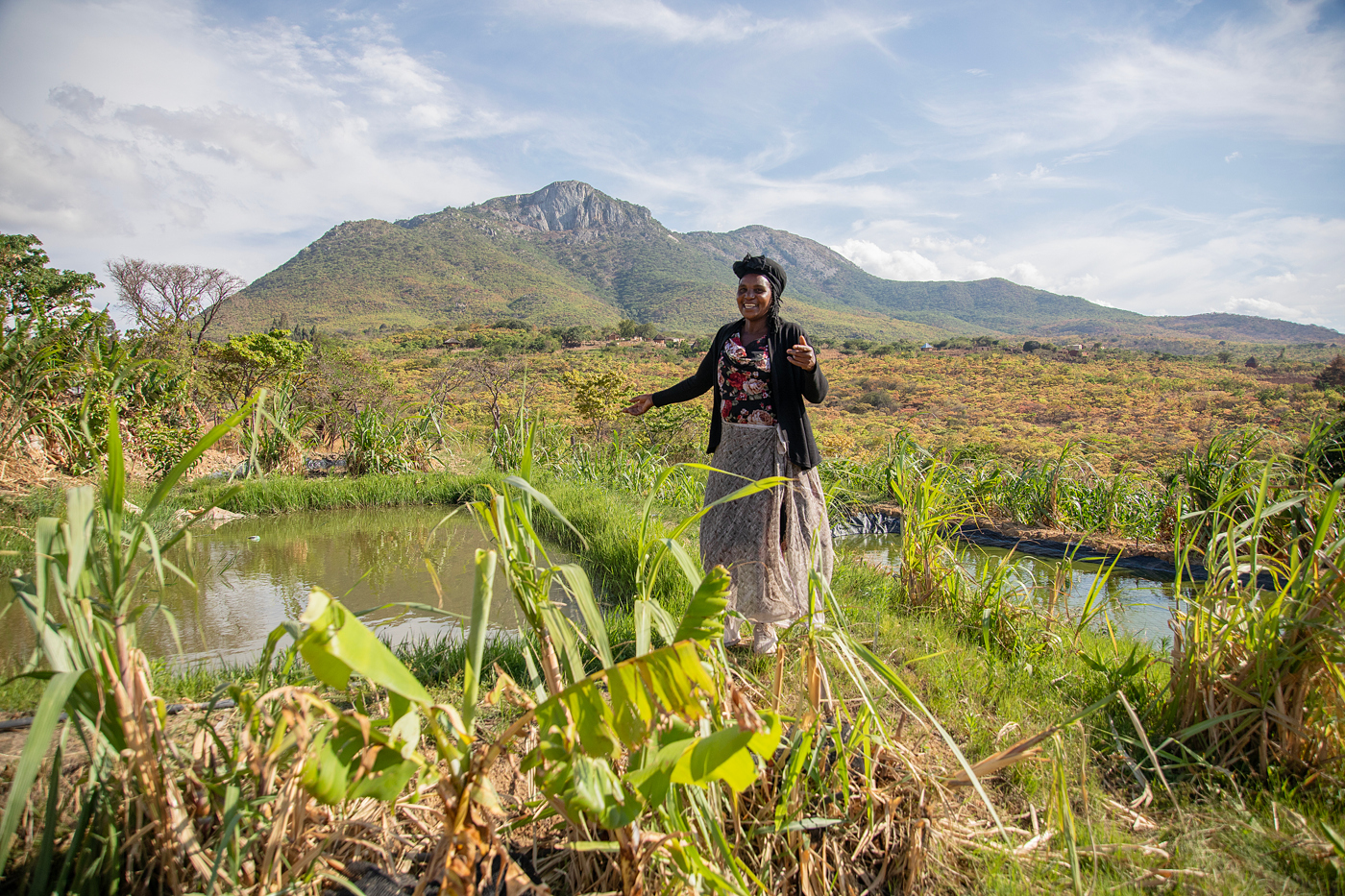
What happens when a development organisation leaves an area? In the Nyanga district of eastern Zimbabwe, IM’s work has, for several years now, been handed over to local actors. We travelled there to follow up on the results – and met women who have transformed their own lives and entire communities through knowledge, solidarity, and long-term support.
The Nyanga district lies along winding roads through the hills and valleys of eastern Zimbabwe – a region known for its natural beauty, but also for poverty and major challenges. IM worked here for decades – initially running our own projects, and later supporting local initiatives. Today, the organisation Nyanga Community Development Trust (NCDT) carries the work forward, entirely under local management.
We came here to see what remains after IM’s efforts. What traces has the work left in people’s lives? What happens when an organisation steps back and hands over to local leadership?
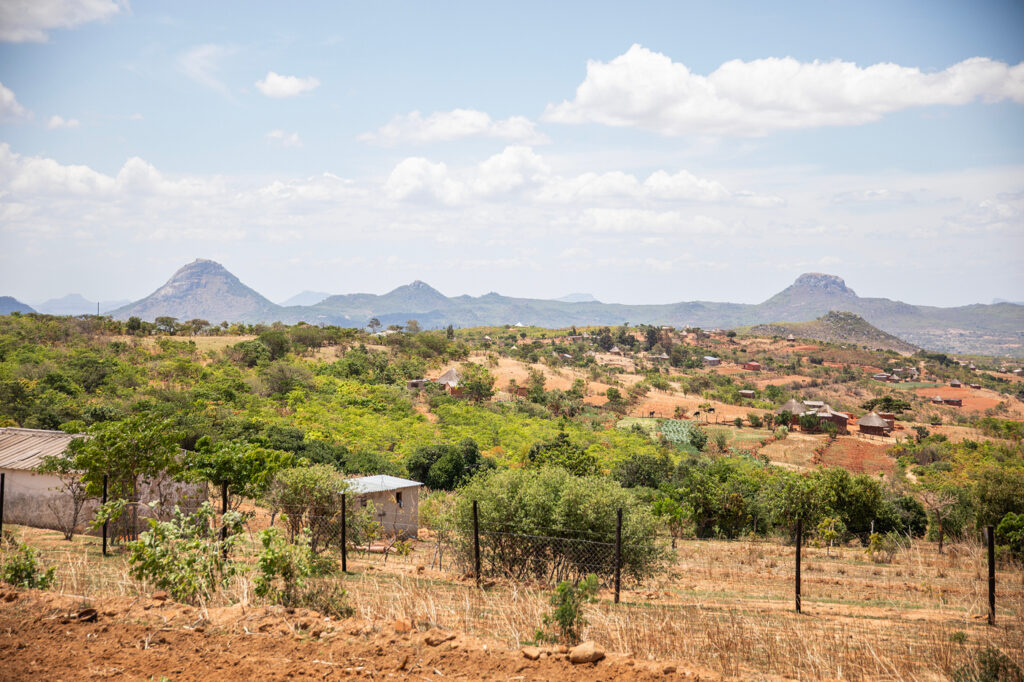
“We are your child”
In a modest office in the centre of Nyanga, we meet Herbert Ratidzai Maambira, director at NCDT. When IM closed down its direct operations in the area, it was in close collaboration with local partners that NCDT was formed in 2012. For seven more years, IM continued to fund the organisation’s work – until NCDT could fully stand on its own and secure funding from other sources.
“We are your child,” says Herbert, firmly, and smiles.
Over the years, NCDT has continued many of the initiatives originally launched with IM’s support: distributing maize, goats, school supplies and fertilisers; strengthening children’s right to education; and running campaigns to reduce the spread of HIV – and the stigma surrounding those living with the virus.
IM’s role was also to provide knowledge. How do you build an irrigation system? How do you prepare for climate change? When Cyclone Idai struck Zimbabwe in 2019, NCDT – with support from IM – was able to act quickly to help communities in the Chimanimani area, where people, homes, livestock and roads were swept away by floodwaters.
A women’s group transforms the village
We leave the office and travel on to a small village where a few mud-brick homes with thatched roofs are scattered across the hillside. Outside, laundry hangs to dry, chickens peck at the ground, and a pig dozes in the shade. Here, we meet Christine Memory Mandiranga, who has been involved since the beginning.
“We started a women’s group back in 2003. Our goal was to pay school fees for the children. We also took care of children who had lost their parents to AIDS,” she explains.
In 2006, the group came into contact with IM, who began supporting them financially and helped refurbish a clubhouse that had been gifted to the women by the village’s traditional leaders. They started pig farming and weaving, using the income to pay for school for the children.
“It was tough in the beginning. We had no resources. But IM’s support changed everything. That’s the reason many of the children now have university degrees or have built homes of their own,” Christine says.
She also shares that the men in the village were initially sceptical – but over time, they saw the benefits and began supporting the women’s initiatives.
“It changed how women were seen. The men started to respect us. And that led to less violence against women.”
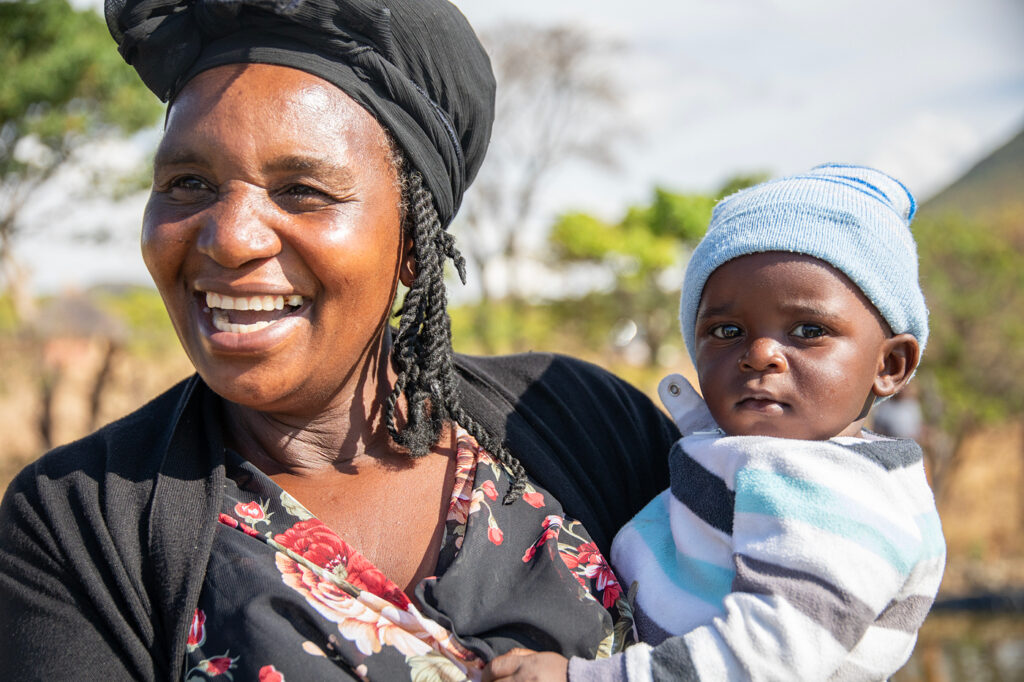
Self-sufficiency – and pride
A few kilometres away, we meet Chipo Ndanangwa, an slightly older woman who’s also been part of the women’s group since the beginning. Today, she and her husband run a small farm with chickens, cattle, beehives – and they’ve even built a private toilet with running water, still a rarity in the area.
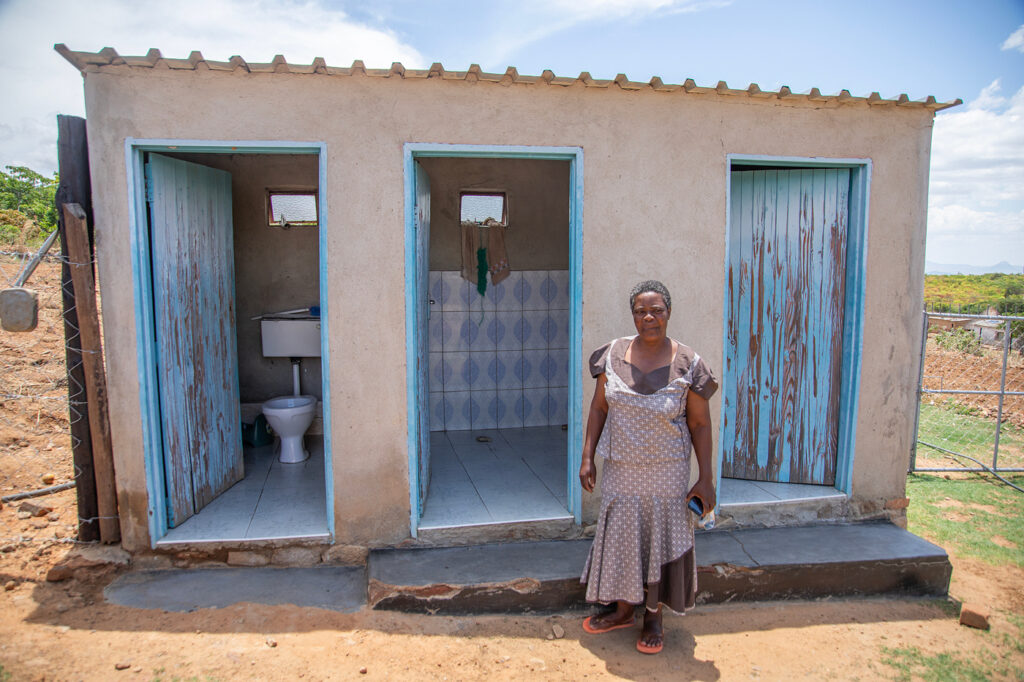
“We struggled before. We had no starting capital. When IM came, we received chickens and help with school fees for children in the village,” she says.
She lets us taste her own honey, scooped straight from a bucket, with bits of honeycomb and twigs still in it.
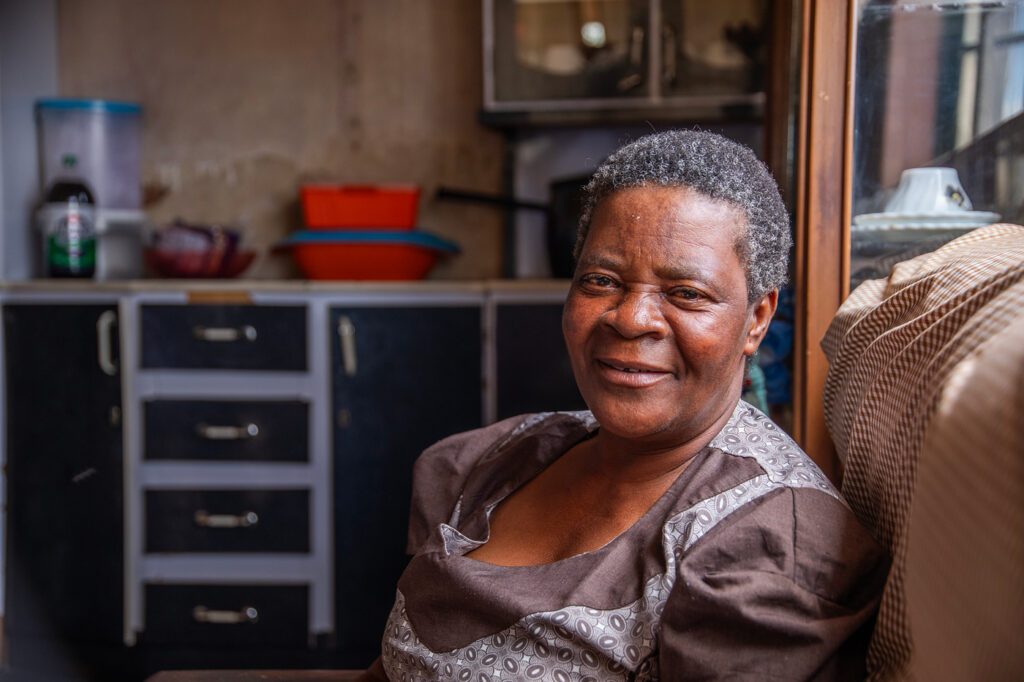
We continue to Olivia Matete, a younger woman with a broad smile, who also joined the group back in 2003. Today, she runs a profitable honey business and grows garlic, onions, tomatoes and maize. She’s attended several trainings in business management and marketing – paid for by IM.
“I know how to do business now. I sell my produce in Mutare,” she tells us.
She is also part of a savings and loan group – something IM introduced to the area. She supports her four children and also cares for an orphaned child.
“During the pandemic, it was tough. I couldn’t travel into town. But I managed, thanks to the capital I had built up.”
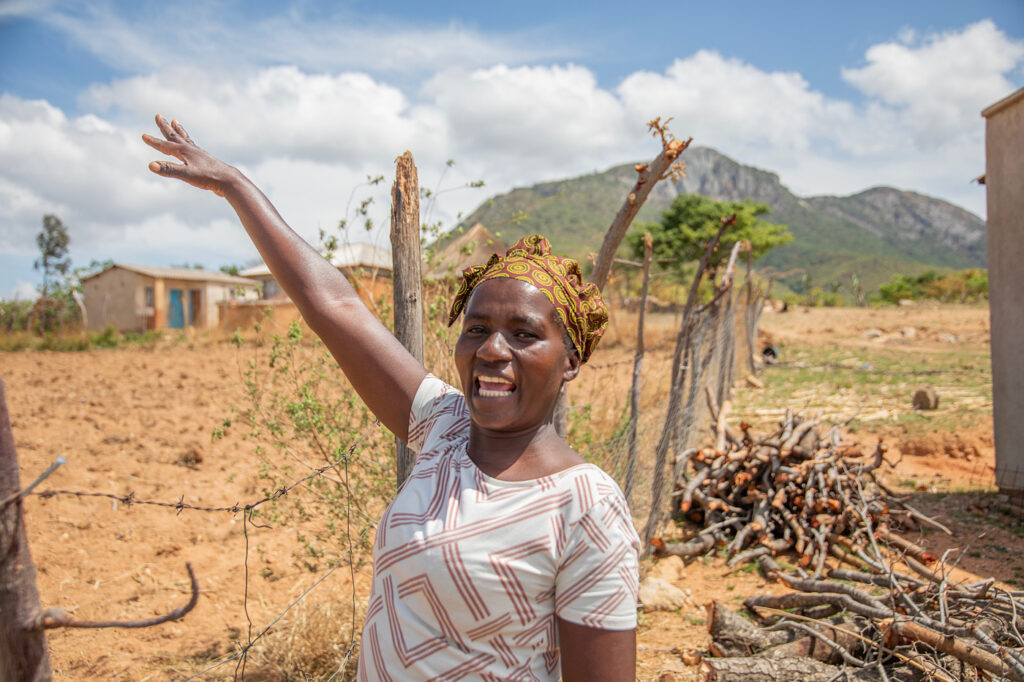
From volunteer to life-saver
We also meet Margaret Dzimano, who received training through IM in Mutare in healthcare and psychosocial support. During the HIV pandemic, she worked as a volunteer to reduce stigma and support people living with HIV. She also distributed infant formula to reduce the risk of transmission to babies.

One of those she helped was Barbra Bepe. When Barbra became pregnant, she didn’t know how she would feed her baby after the first six months – she couldn’t afford formula. At the time, HIV-positive mothers were advised to stop breastfeeding after six months due to the increased risk of transmission.
“My baby was on the brink of starvation. I was desperate,” she recalls.
Margret ensured she got the help she needed. Today, Barbra’s daughter is 16 – and completely healthy.
“She is my everything,” Barbara says, smiling lovingly at her daughter, who is sitting close by on the packed dirt floor.
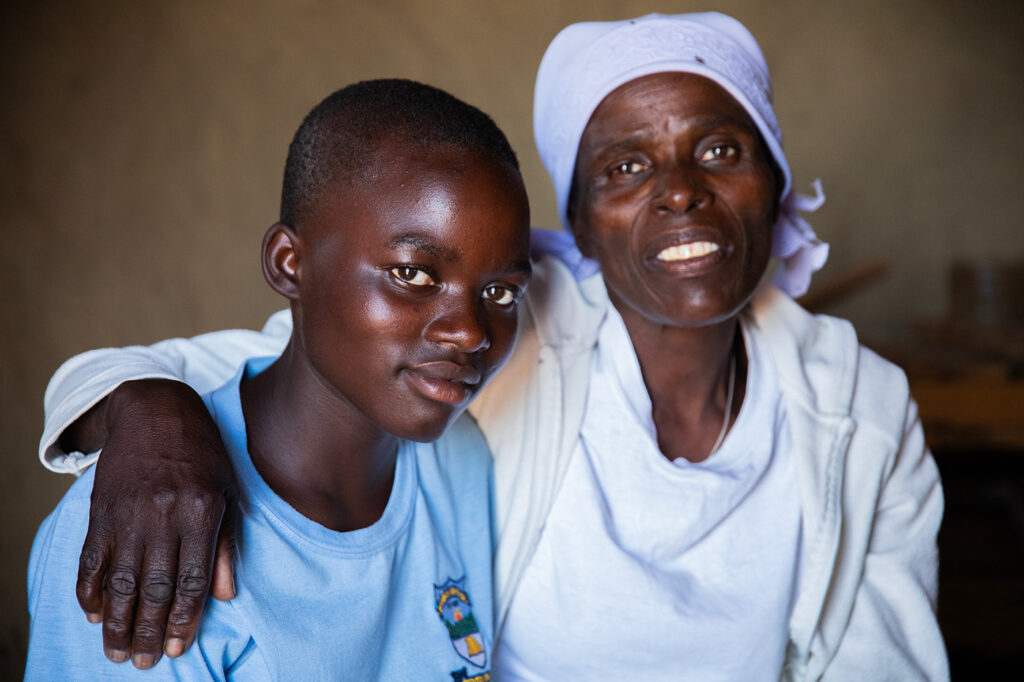
Knowledge that lives on
We end our visit at Christine Memory Mandiranga’s beautiful home. Perched high up, it offers a view over a lush, green valley. Around her house, vegetables grow in neat rows. She shows us a fish pond, a water reservoir and livestock – all a result of long-term work, and knowledge that has been allowed to take root and flourish.
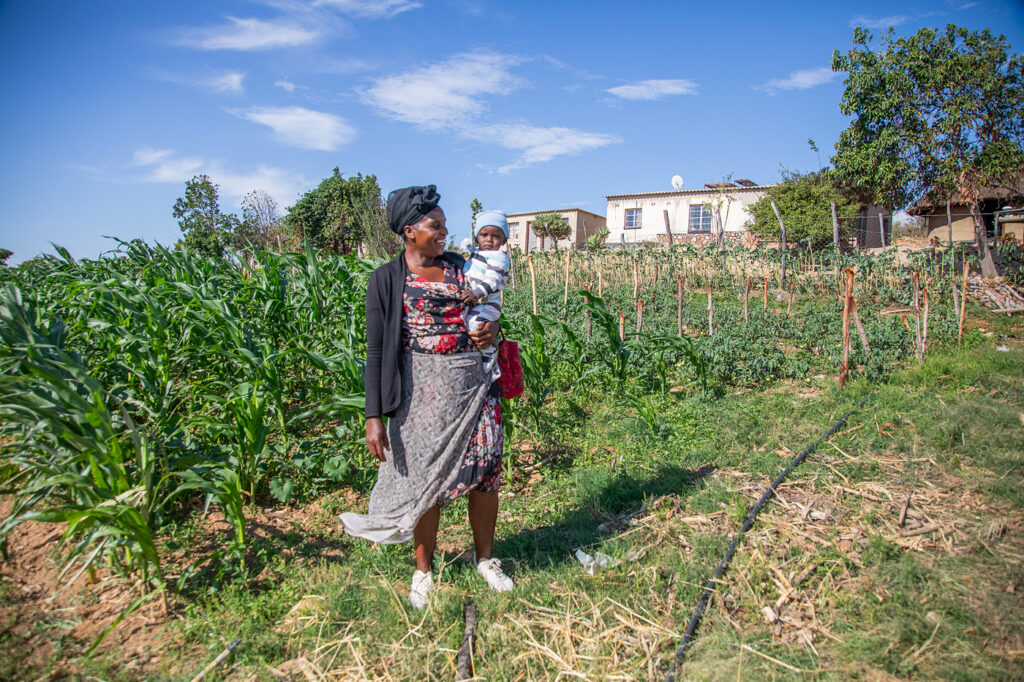
“It’s the knowledge that matters. No one can take that away from us,” she says.
In Nyanga, you can see how development aid, when used right, can make a real difference – not through short-term efforts, but by investing in people, building systems, and gradually handing over power to those who live there.
That’s what IM has done. And that’s why the change endures.

A closure – and a new direction
In the autumn of 2025, IM will formally conclude its operations in Zimbabwe. It is a difficult, but carefully considered decision. In a world where resources are limited, we must set clear priorities – and we have decided that our future work in southern Africa will focus on Malawi, where we see the greatest opportunity to create lasting impact with the means available.
We leave Zimbabwe with pride in what has been built – together with the people and organisations on the ground. The work lives on in strong local structures – and above all, in the knowledge and drive that so many have carried forward and made their own.
Main image: Thanks to the knowledge about water pipelines that Christine has gained through IM, she has been able to build fish ponds. Photo: Malin Kihlström
Text: Malin Kihlström
Want to read more?
Here’s another article about IM’s four decades of work in Zimbabwe. Meet Miriam Kapenzi, Tabanda Chigaga, and the women’s group in Chipenge.
By: Malin Kihlström